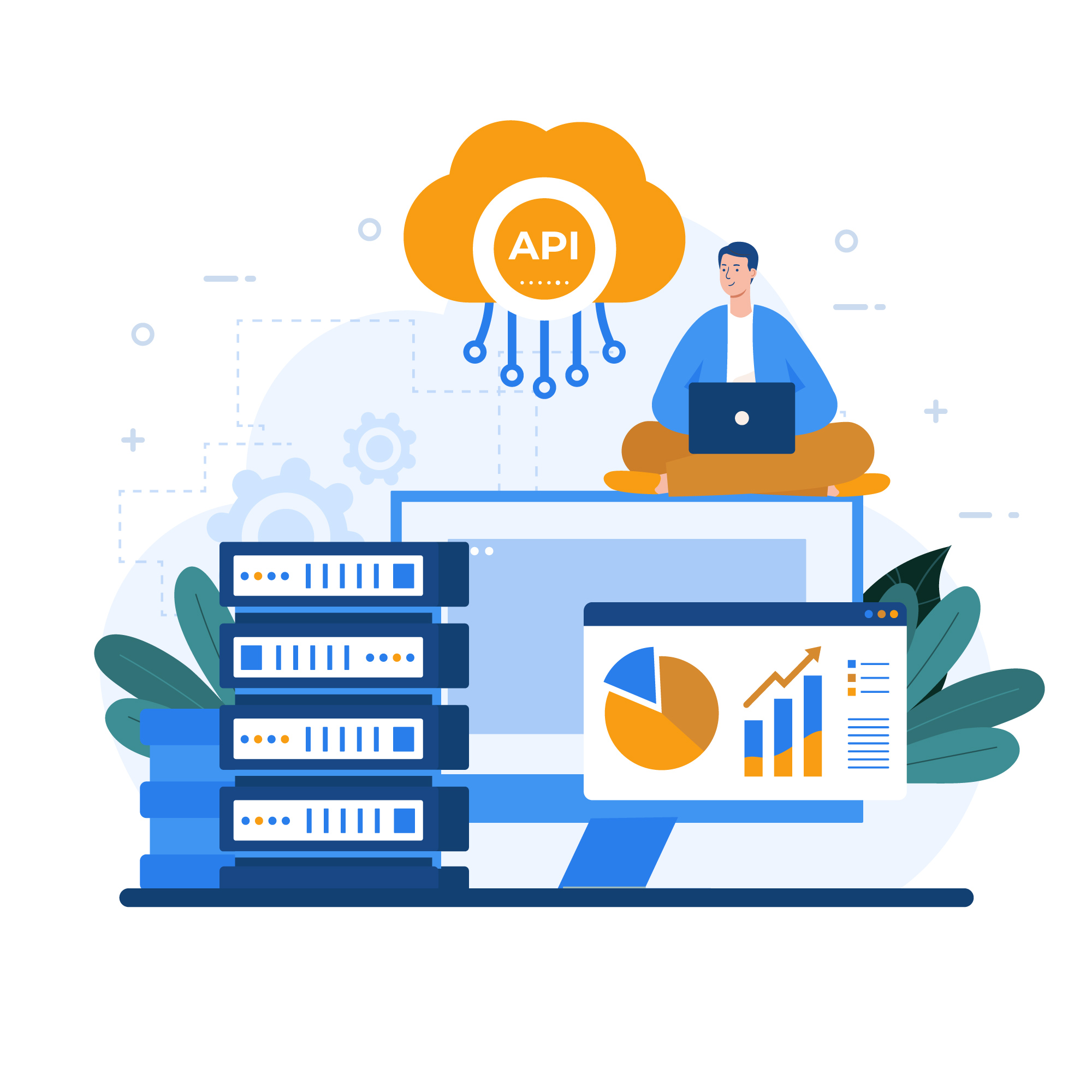
Contracts, Fulfillment & Subscriptions in Revenue Cloud Advanced
Introduction
Managing contracts, fulfillment, and subscriptions efficiently is critical for modern businesses, especially those offering complex products, bundles, or recurring services. Errors in contract management or fulfillment processes can lead to compliance risks, delayed revenue recognition, and poor customer experiences. Salesforce Revenue Cloud Advanced (RCA) provides two powerful capabilities to streamline these operations: Contract Lifecycle Management (CLM) and Dynamic Revenue Orchestration (DRO).
This blog, part of our Revenue Cloud Advanced series, will cover:
-
How CLM simplifies contract creation, approvals, and clause management.
-
AI-powered assistance for faster contract drafting and risk reduction.
-
DRO for automating order fulfillment, subscription amendments, and asset tracking.
-
Best practices to align contracts, fulfillment, and revenue operations.
Contract Lifecycle Management (CLM) in RCA
Why CLM Matters
Contracts are the backbone of revenue operations, particularly for organizations with recurring revenue or complex licensing structures. Manual contract processes often lead to delays, compliance risks, and misalignment between sales, legal, and finance teams. RCA’s CLM addresses these challenges by providing a centralized, automated, and AI-assisted platform for managing contracts from draft to activation.
With CLM, organizations can:
-
Reduce contract approval cycles.
-
Minimize errors and omissions.
-
Improve visibility across teams.
-
Accelerate revenue recognition.
Key Features of CLM
-
Clause Management and Libraries: Pre-approved clauses and templates ensure consistency and compliance. Users can select clauses relevant to a product, region, or deal type, reducing drafting time.
-
Automated Approvals: Conditional routing ensures contracts requiring higher-level review are automatically sent to the right approvers. Parallel or sequential approvals can be configured based on contract value, complexity, or region.
-
AI Assistance: AI-powered suggestions help with clause recommendations, risk identification, and redlining. This reduces manual review time and improves accuracy.
-
Version Control: Every change is tracked, with previous versions easily accessible for audit or reference purposes.
-
Integration with CPQ and Billing: Contracts automatically pull data from quotes, ensuring pricing, product details, and terms are consistent. Changes in contracts can trigger updates in billing or fulfillment workflows.
Best Practices for Using CLM
-
Standardize templates and clauses for common deal types to reduce drafting time.
-
Leverage AI assistance for risk assessment, especially in complex or high-value deals.
-
Define clear approval thresholds and routing rules to avoid delays.
-
Maintain an audit trail for all changes to ensure compliance and facilitate reporting.
-
Periodically review clause libraries and templates to ensure they reflect current policies and regulations.
Real-World Use Cases for CLM
-
SaaS Company: Automates contract approvals for subscription deals, ensuring proper clauses for renewals and usage-based pricing. AI flags unusual terms for legal review.
-
Manufacturing Enterprise: Uses pre-approved clause libraries for hardware and service contracts, reducing drafting time and maintaining compliance with regional regulations.
-
Telecom Provider: Implements parallel approvals for high-value contracts involving multiple service bundles and regional requirements.
Dynamic Revenue Orchestration (DRO)
Why DRO Matters
Once contracts are signed, fulfilling the order accurately and efficiently is essential for customer satisfaction and timely revenue recognition. Complex orders, especially those involving multiple products, subscriptions, and services, require precise orchestration. RCA’s Dynamic Revenue Orchestration (DRO) automates fulfillment and subscription management, ensuring that the right products, services, and revenue events are delivered accurately.
Key Features of DRO
-
Automated Order Decomposition: Breaks down complex orders into individual fulfillment steps for products, services, and subscriptions.
-
Subscription Amendments: Supports upgrades, downgrades, renewals, and cancellations without manual intervention.
-
Asset Tracking and Lifecycle Management: Tracks physical and digital assets linked to orders, subscriptions, or licenses.
-
Integration with Billing and ERP: Ensures that fulfillment events sync with billing schedules and ERP systems for accurate revenue recognition.
-
Conditional Orchestration: Automates complex scenarios such as multi-product bundles, usage-based services, and regional compliance requirements.
Best Practices for Using DRO
-
Define fulfillment workflows clearly to avoid bottlenecks.
-
Map subscription events (upgrades, downgrades, renewals) to automated DRO rules.
-
Integrate DRO with billing and ERP systems for real-time revenue recognition.
-
Regularly monitor asset tracking to ensure accuracy across warehouses or digital services.
-
Leverage analytics to optimize fulfillment processes and identify operational inefficiencies.
Real-World Use Cases for DRO
-
SaaS Company: Automates subscription renewals and amendments, ensuring usage-based billing aligns with active services.
-
Manufacturing Enterprise: Coordinates fulfillment of hardware and service bundles across multiple warehouses while updating billing and inventory automatically.
-
Telecom Provider: Orchestrates upgrades or downgrades for customers mid-contract, updating both billing and service provisioning in real-time.
How CLM and DRO Work Together
When implemented together, CLM and DRO create a seamless contract-to-fulfillment workflow:
-
Contracts are drafted, approved, and stored centrally with clear clause libraries.
-
DRO uses contract data to automatically orchestrate fulfillment, subscription management, and billing events.
-
Approvals, amendments, and asset tracking are integrated into a single workflow, reducing errors and manual effort.
-
Sales, legal, finance, and operations teams remain aligned throughout the process.
This end-to-end integration ensures revenue operations are efficient, accurate, and scalable.
Benefits of Combining CLM and DRO
-
Accelerates revenue recognition by linking contracts to automated fulfillment.
-
Reduces manual intervention and errors in both contract and order management.
-
Ensures compliance across approvals, clauses, and regional regulations.
-
Provides full visibility into contract performance, fulfillment status, and subscription health.
-
Improves customer experience through faster, accurate service delivery.
Conclusion
Contracts, fulfillment, and subscriptions are critical components of Revenue Cloud Advanced. By leveraging Contract Lifecycle Management (CLM) and Dynamic Revenue Orchestration (DRO), organizations can:
-
Streamline contract creation, approvals, and clause management.
-
Automate fulfillment and subscription management across products and services.
-
Align legal, sales, finance, and operations teams.
-
Ensure accurate revenue recognition and compliance.
-
Enhance operational efficiency and customer satisfaction.
RCA’s integrated approach to CLM and DRO empowers organizations to handle complex revenue scenarios confidently, reduce errors, and accelerate business growth.



